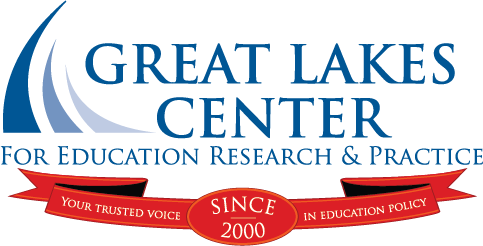Key Takeaway: A tool offered as a way to estimate the cost of adopting voucher programs is a step forward but still needs work.
GRAND RAPIDS, MI (March 19, 2024)
- A new calculator from two voucher-advocacy organizations is offered as a tool to assist state policymakers and choice advocates in providing more accurate estimates of the expenses of adopting publicly financed private-school choice (i.e., voucher) programs. But several factors suggest it should be used with caution and caveats.
Bruce Baker, professor and chair of the Department of Teaching and Learning at the University of Miami, describes these factors in his review of the K-12 School Choice Calculator, which is provided online by the Reason Foundation and EdChoice's Fiscal Research and Education Center.
Baker explains that there is one overarching problem that state policymakers have long faced in trying to make sense of competing claims about the fiscal bottom line for vouchers: How are they to estimate which percentage of voucher users will be students leaving public versus staying in private schools? The new calculator does not, and cannot, answer that question.
However, using the calculator can reveal to policymakers the high additional state expenditures triggered when-as recent evidence shows to be the case, particularly with expanded or “universal” voucher programs-disproportionate numbers of students already enrolled in private schools accept proffered public subsidies through voucher, education savings account, or tuition tax credit programs.
Baker's review finds that many of the assumptions included with the new calculator are reasonable, but it also has faults that should be addressed. The calculator overstates the spending reductions that result when a current public-school student switches to a private school-first, by overestimating student-level variable spending and second, by assuming that local revenues as well as state aid would be reduced. It also ignores overhead expenses of operating such a program.
The calculator, then, will provide skewed results even if the user's assumptions prove accurate about the percentages of voucher users who are leaving public versus those staying in private schools. Even those skewed results, however, can be more useful than mere guesswork. Dr. Baker therefore acknowledges the potential for the calculator to assist policymakers in refining their projections of program expenditures if used judiciously, bringing their estimates closer to the unfolding reality.
Find the review, by Bruce Baker, at:
https://www.greatlakescenter.org
Find K-12 School Choice Calculator, published by the Reason Foundation and EdChoice, at https://www.schoolchoicecalculator.com/.
NEPC Reviews (https://nepc.colorado.edu/reviews) provide the public, policymakers, and the press with timely, academically sound reviews of selected publications. NEPC Reviews are made possible in part by support provided by the Great Lakes Center for Education Research and Practice: https://www.greatlakescenter.org
